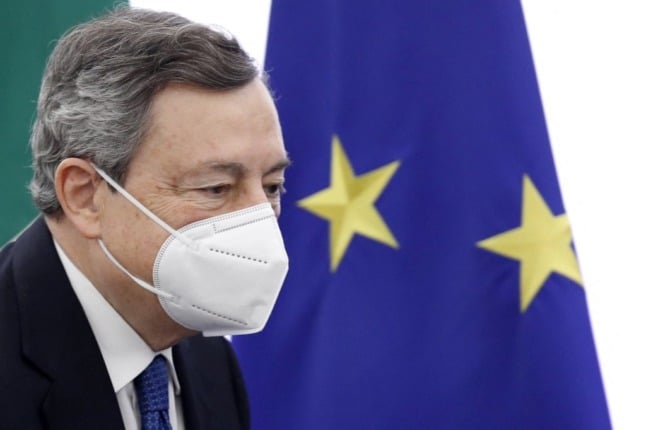A report from the European Court of Auditors titled "Are EU Cohesion Policy funds well spent on roads?" has assessed whether road infrastructure projects financed by Cohesion Policy funds have achieved their objectives at a reasonable cost.
The study looked at co-financed road projects in Germany, Greece, Poland and Spain, according to national daily 20 Minutos.
These four Member States represent approximately 62 % of all EU road co-financing.
It highlighted that there were "significant cost differences" between countries.
Projects audited in Germany had the lowest cost per 1000 square metres (€287,043) compared with €496,208 in Spain but there was no evidence that this was a result of lower labour costs.
The average cost in the projects audited of 1km of road per AADT (Annual Average Daily Traffic) was more than four times higher in Spain than in Germany, with Poland and Greece being in the middle between the two extremes
For projects in Spain, auditors found a considerable difference between the total construction and roadway construction costs, indicating a heavy use of engineering objects such as bridges or tunnels.
The report's authors believed that some procurement practices did not deliver optimal costs.
Overall, it was reported that the road projects had partly achieved the intended results but their impact on economic development could not be assessed.
Most projects delivered less than the planned return on investment while clearly improving road safety and helping to save travelling time.
They concluded that enhanced transport capacity could have been achieved at lower cost.
The European Court of Auditors recommended that the cause of the "considerable differences" should be analyzed.
Carlos Martínez Gorriarán of Spain's Union Progess and Democracy (UPyD) party tabled a question in parliament in response to the report, demanding to know "on what to blame" the differences in cost between countries.
He also asked if "it the government considers the current model of motorways in Spain to be efficient" and demanded to know the conclusions that the Ministry of Works had drawn from reading the EU report.



 Please whitelist us to continue reading.
Please whitelist us to continue reading.
Member comments